At the forefront of an increasingly health-conscious world, one leafy green seems to have taken on an almost deified role. Kale, the super-veg known best for its vitamin and nutrient-rich leaves, has gained a practically cult-like following and a symbolic influence over buyers everywhere from Hollywood to the most lowly of New England farmers’ markets. Sure, this frenzied kale fanaticism spreads the word about healthy living habits, but the craze also hints at some of the larger implications of the health culture. Kale is no longer just a nutritious vegetable; it’s a symbol. And it’s important to consider just what role that symbol plays in the public’s perception of health.
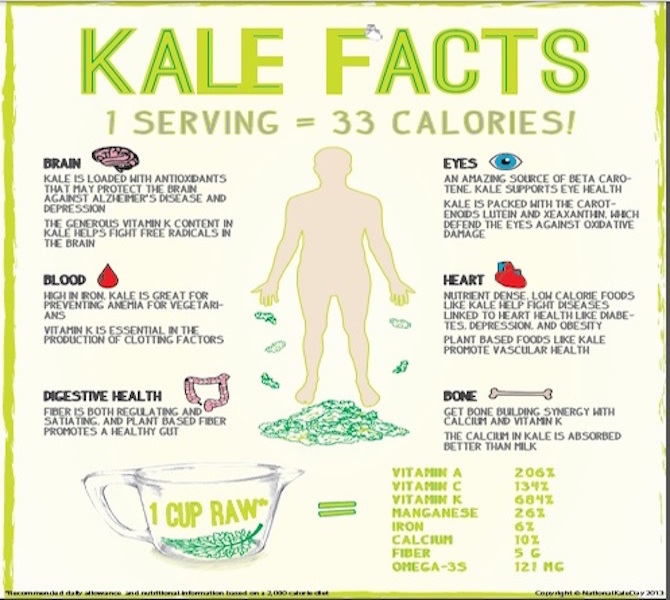
courtesy of livingintherealworld.net
No one can deny that Kale packs a nutritious punch. In just one cup, kale’s 33 calories deliver more Vitamin C than an orange and more Vitamin K than either spinach or broccoli. The dense flavonoid content reduces cancer risk and prevents inflammation, the iron and fiber aid digestion. Not to mention the crop itself is hardy, quick growing, and inexpensive.
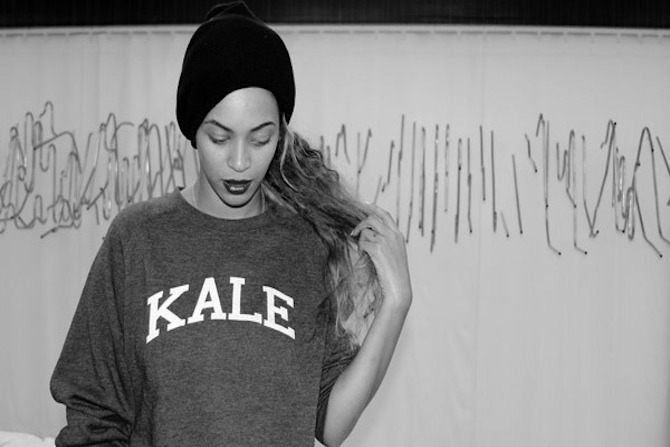
courtesy of collegecandy.com
While most vegetables with comparable nutrient statistics — broccoli and spinach, for example — are pushed to the margins of our diets, kale has managed to rise into the spotlight. Celebrities like Kevin Bacon are raving that “it’s the age of kale,” while dieticians are promoting everything from kale chips to Vegan Chocolate kale cookies. On October 2, 2013, the kale-loving world celebrated its first National Kale Day, complete with tutorials in kale cuisine and (no joke) kale dance parties. One Vermont business’ “Eat More Kale” campaign has earned the vegetable its own t-shirt, website, and even a Facebook page with upwards of 15,000 likes.
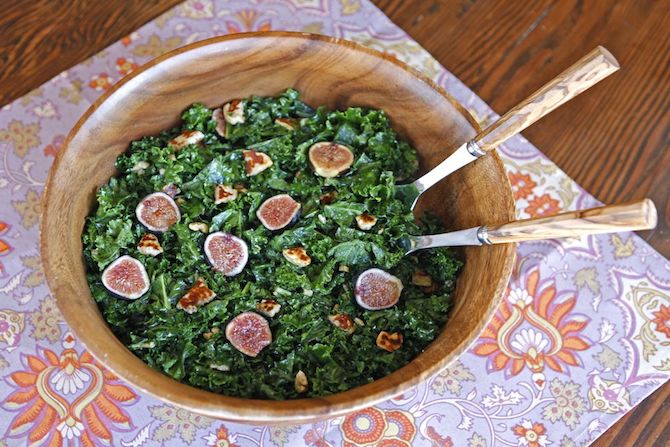
courtesy of toriavey.com
The commercialization of kale definitely promotes healthy eating habits, but it’s also playing a damaging role in shaping just what health means to the average consumer. Whether we are conscious of it or not, media attention carries with it certain connotations. Unfortunately for kale, media-hype and health trends have a precedent of incompatibility. Take the 1970s diet pill craze — Ephedra earned itself a cultish following before it was revealed to be a serious danger to heart health. Even the more contemporary juice-cleanse fad promising “purification” and “detoxification” is now falling short of dietary standards. The kale craze might be a more reliable trend than these, but the media-centered nature of its hype places it in bad company.

courtesy of netdna-cdn.com
Beyond the effects of mass media on our eating habits, kale’s skyrocket in popularity also sheds light on some of the socioeconomic tendencies of health fetishism. Even kale’s cheap production costs can’t disguise the fact that the vegetable markets to a specific economic and social class. Just ask yourself — where would I go to find kale chips? The vegetable most likely sits on the shelves of your local Whole Foods, next to products like Vita Coco and chia seeds. You won’t see the leafy green on the menu beside Dairy Queen’s Oreo Cookie Blizzard or Taco Bell’s Double Steak Quesadilla. Whether we like it or not, the newest health “superfood” will, by nature of demand, end up on the shelves of upscale grocery stores along with all the other tokens of healthy living. And despite all our efforts to push health across class boundaries, we are still living in an age when healthy eating is a privilege that few can afford. Because the vegetable’s accessibility is limited to a specific culture of health obsessors —and because that culture is associated with an equally as specific socio-economic framework — the kale craze has only made healthy eating choices more distant from those who need them most.
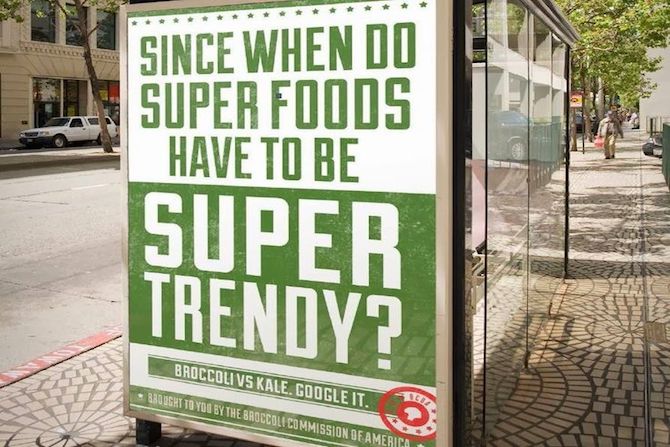
courtesy of pinimg.com
Even the nature of our kale canonization — manic and trend-oriented — encourages much of the public to distance themselves from the vegetable. By making kale the center of attention, kale devotees have paved the way for an onslaught of countercultural backlash against the leaf. The bias begins with simple jokes: the New York Times Magazine recently challenged ad agency Victor & Spoils to “make broccoli popular” by pitting it against its cousin kale. Signs include “Since When Do Super Foods Have to Be Super Trendy?” and “Broccoli: Now 43% Less Pretentious than Kale.” And of course, the always-critical Internet world has taken advantage of kale-obsessivism as inspiration for much online scorn. Buzzfeed attacks the leafy green with blurbs ranging from “Kale is Destroying America” to “21 Signs Our National Kale Obsession is Out of Control.” One blog even satirizes the fad with an article titled “Just Kale Me.” These attempts to knock kale from its health-haloed pedestal shows how far our kale mania has gone, pushing kale over the edge and making it a victim of countercultural criticism.
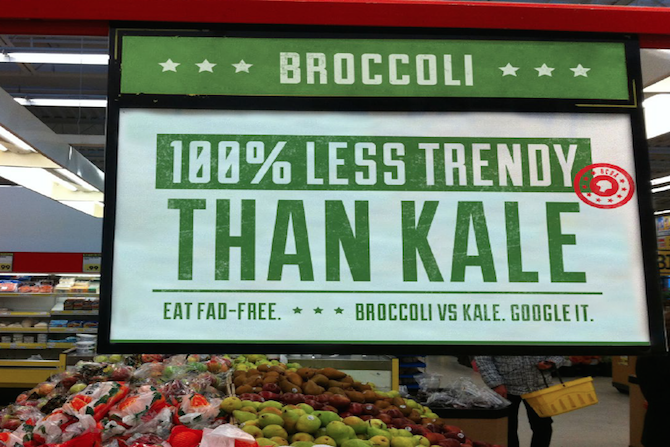
courtesy of amazonaws.com
Regardless of opposition to the vegetable, kale has the potential to be a valuable and sustainable addition to a healthy lifestyle. However, our obsession with the leaf is associating healthy choices with a set of specific stigmas and stereotypes and alienating the nutritious vegetable from a large portion of the population. It might be inevitable that food and culture are intertwined, but this vegetable’s cultural association has revealed just how destructive that connection can be.

